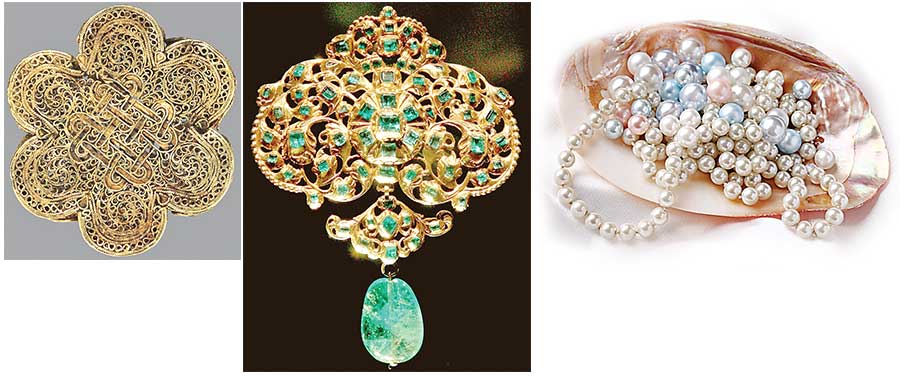Agora Open Air Museum
- 18 Nov - 24 Nov, 2017

Glass, textile, pottery and paper industries started by Muslims formed the backbone of a successful empire whose goods were traded as far as China. Other vital industries included goods from mines and the sea, like jewels and pearls. Emeralds were extracted in upper Egypt, turquoise taken in Farghana, rubies found in Badakhshan, and carnelian and onyx obtained in Yemen and Spain. The cinnabar mines of Almaden in Spain had a workforce of somewhere near a thousand; some cutting the stone down in the pit, others transporting wood for smelting, making the vessels for smelting and refining the mercury, and manning the furnaces.
A surprisingly precious mined item was salt, or white gold, at Hadramawt (in Yemen), Isfahan, Armenia, and North Africa, which was carried by great camel caravans. Sudan both had alum, and parts of western Egypt, notably the famous Natron Valley, had natron, which was used for whitening copper, thread and linen, and also for curing leather. It was in demand with dyers, glassmakers, and goldsmiths; bakers even mixed it with their dough and cooks used it as a tenderiser for meat. From the sea came the beautifully smooth pearls that decorated many necks across the world. Pearl diving was carried out on both sides of the Persian Gulf, in the Arabian Sea, near Shiraf and the island of Kish, along the Bahrain coast toward the island of Dahlak in Ceylon.
There were coral reefs lying off the coasts of North Africa, near Sicily and Sardinia. Coral, along with pearl, was then used to decorate weapons and make prayer beads and jewellery. Today, like all jewellery, coral is worn in many styles, from long stands of beads to carved cameos and pins, but prices for this marine beauty can be as much as $50,000 for a 50-millimetre-diameter (2 inches) bead, as coral reefs are destroyed and coral as a jewel becomes scarcer.
COMMENTS